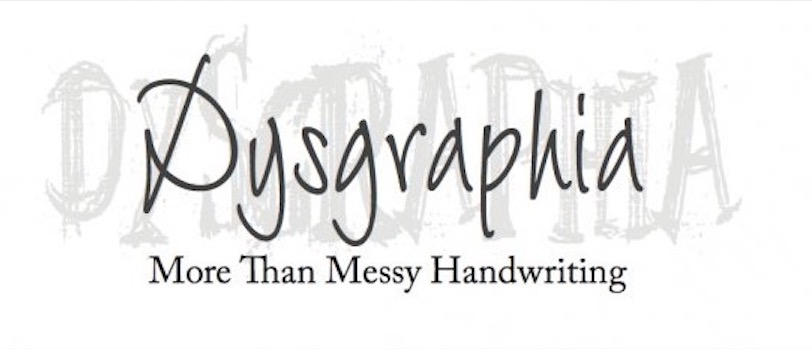What Is Dysgraphia?
Like we discussed previously, there are many variations of Dyslexia that impact children. We recently went in depth about Dyscalculia. Now, we will look into Dysgraphia.
Although an unfamiliar term, Dysgraphia is not uncommon. It is a learning disability that affects one’s writing abilities. Writing abilities encompasses such tasks as spelling, handwriting, and getting across thoughts and ideas on paper.
What are the Warning Signs?
It is important to realize that this disorder is not as simple as poor handwriting. It is a combination of poor motor skills and thinking skills that cause severe problems in writing.
There are specific things to observe that can help you understand whether your child may have it. It can be apparent in the positioning of the pencil, or unstructured and unclear language in the writing. To be more specific, sentences may be illegible, or there is half finished sentences missing a logical flow of thoughts as well.
How To Treat Dysgraphia?
There is not one specific method of treatment. However, there are multiple techniques to help those dealing with Dysgraphia improve their writing skills. Such specific tactics are letter-formation drills, fixing incorrect grips on pencils or pens, and using handwriting-specific training programs.
It will take effort and time but there are plenty of resources available and with the proper help your child can overcome this disability and succeed. We here at Pathways Neuropsychology have been handling Dyslexia related issues for quite some time and have a thorough understanding of how to treat our clients. Please, if you ever have a concern about yourself or a loved one experiencing Dyscalculia or Dyslexia, give us a call.
The Pathways team of professionals has helped thousands of people with Dyslexia. We are Dedicated to effective and compassionate care for individuals with neurological challenges.




